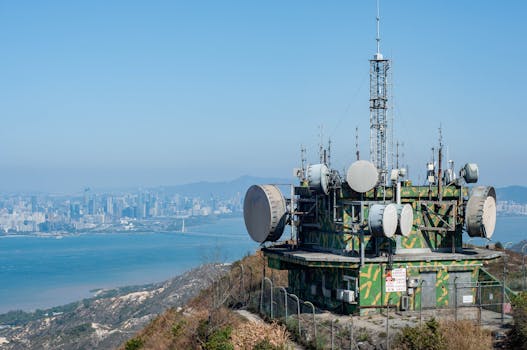
MEO Satellites: Revolutionizing Global Communication with Medium Earth Orbit Technology
MEO satellites, or Medium Earth Orbit satellites, are a type of satellite that operates in an orbit between 2,000 and 36,000 kilometers above the Earth’s surface. This orbit is significantly closer to the Earth than geostationary satellites, which operate at an altitude of approximately 36,000 kilometers. The unique characteristics of MEO satellites make them an attractive option for a wide range of applications, including satellite communication, navigation, and Earth observation.
History and Development of MEO Satellites
The concept of MEO satellites has been around for several decades, but it wasn’t until the 1990s that the first MEO satellites were launched. One of the earliest MEO satellite systems was the Iridium constellation, which was launched in 1998 and provided global satellite phone coverage. Since then, several other MEO satellite systems have been launched, including the Globalstar and O3b constellations.
Advantages of MEO Satellites
MEO satellites have several advantages that make them an attractive option for various applications. One of the main advantages is their lower latency compared to geostationary satellites. Because MEO satellites are closer to the Earth, the signal travel time is significantly reduced, resulting in lower latency and faster communication. Additionally, MEO satellites have higher signal strength due to their closer proximity to the Earth, which results in better communication quality.
Applications of MEO Satellites
MEO satellites have a wide range of applications, including satellite communication, navigation, and Earth observation. In the field of satellite communication, MEO satellites are used to provide broadband internet access, mobile phone coverage, and other communication services. They are also used for navigation purposes, such as providing location information and timing signals. Furthermore, MEO satellites are used for Earth observation, including weather forecasting, environmental monitoring, and disaster response.
Challenges and Future Developments
Despite the advantages of MEO satellites, there are several challenges that need to be addressed. One of the main challenges is the higher cost of launching and operating MEO satellites compared to geostationary satellites. Additionally, MEO satellites require more complex systems and infrastructure to operate, which can increase the overall cost. However, as technology continues to advance, we can expect to see more efficient and cost-effective MEO satellite systems in the future.



